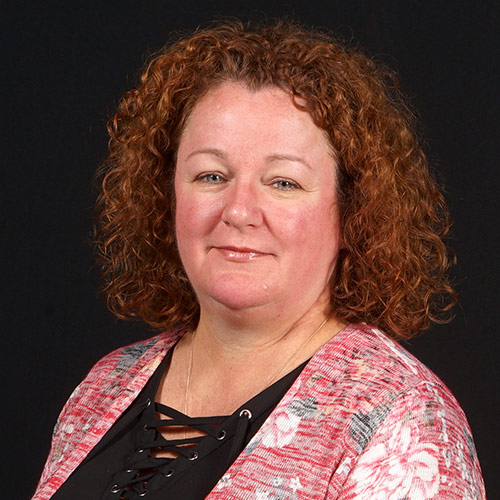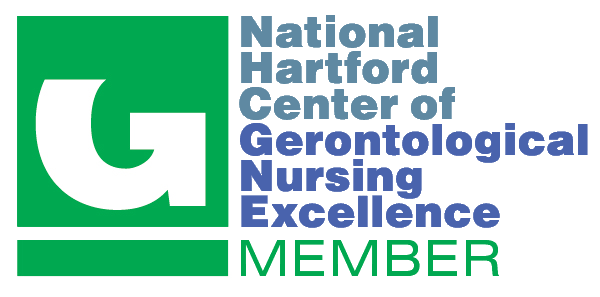Doctor of Nursing Practice Program
Elisa Minchin, DNP, BSN, RN

-
Committee Chair Name & Credentials:
Laurie Connors PhD(c), DNP, APRN, FAANP -
Committee Member Name & Credentials:
Ken Nelson III, DNP, RN, NE-BC, CPHQ
Elizabeth Huggins MSN, ACNP-BC
DNP Project Abstract
Evaluation of VUMC's Novel Communication Liaison Program: Lens of Liaison
Purpose
The CLP evaluation used a retrospective anonymous survey via a Vanderbilt REDCap. Likert scale questions were adapted from the Lahey Hospital and Medical Center survey (with permissions), including pertinent questions regarding the role of Liaison in increasing communication between providers and families during the COVID-19 surge. Included in the survey were optional open-ended responses. The overall goal of the survey was to determine the provider's perceptions of the program.
Methods
The CLP evaluation used a retrospective anonymous survey via a Vanderbilt REDCap. Likert scale questions were adapted from the Lahey Hospital and Medical Center survey (with permissions), including pertinent questions regarding the role of Liaison in increasing communication between providers and families during the COVID-19 surge. Included in the survey were optional open-ended responses. The overall goal of the survey was to determine the provider's perceptions of the program.
Data analysis: reported in aggregate using descriptive statistics.
Results
Program evaluation surveys were sent to the 60 providers that performed the Liaison role. The response rate was 48%. N=29, after two (2) surveys were eliminated due to incompletion. Overall, 78% (N=28) of Liaison Providers somewhat/strongly agree with using a Liaison during critical surge capacity. The CLP was viewed favorably, with 85% (N=23/27) believing that CLP provided valuable service to patients and families and 97% (N=27/28) believing the CLP supported the ICU team. Lastly, 72% (N=18/25) perceived the CLP of eight (8) or higher on a scale of 1-10.
The qualitative themes identified by responses were the CLP supported colleagues/patients and families, they participated due to the need to set an example for others, were excited about the opportunity to help, and would perform the role again.
Implications for Practice
The positive results support future qualitative improvement (QI) initiatives using well-structured design and quality measures that align with the four habits module for a patient-centered communication framework. It also lends to future research on using a communication liaison role in critical care outside of pandemic/surge capacity conditions as a tool to maintain person-centered standards of care.




